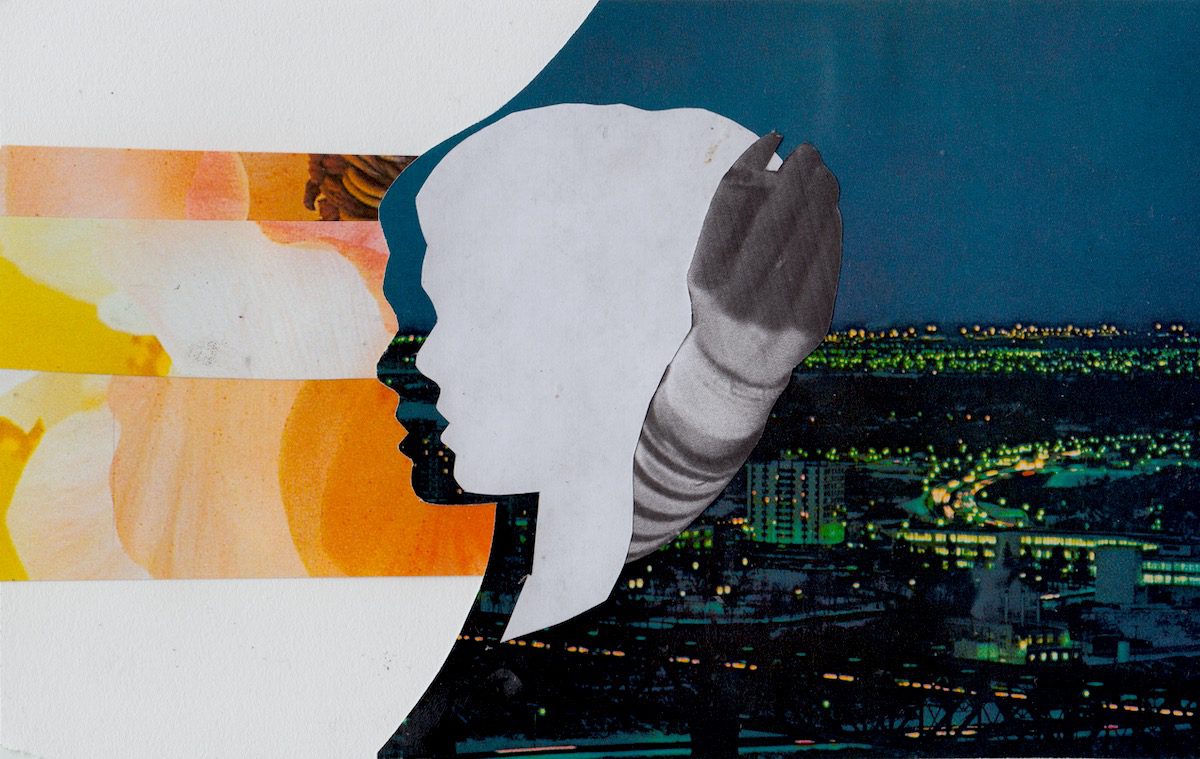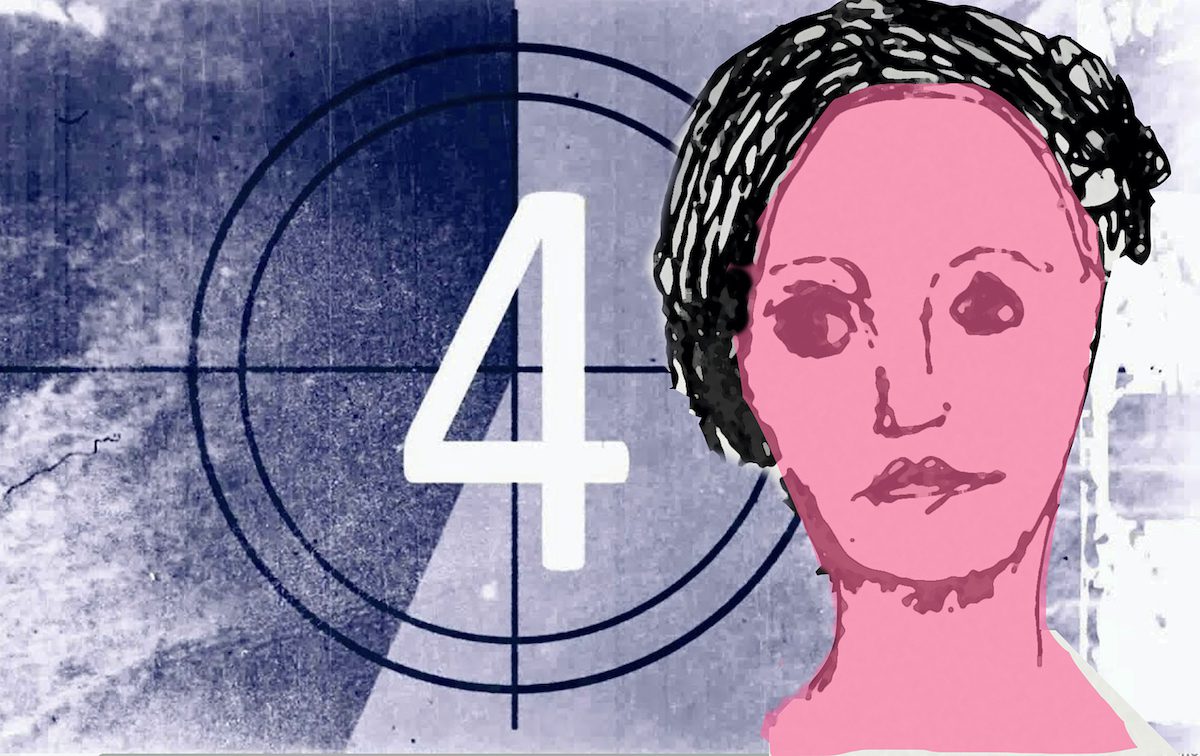Josie Swantek Heitz’s and Dave Adams’s The Wrong Light, theatrically released in NYC through Cinema Guild on July 14, is disturbing on several levels. First, there’s the story itself. The filmmakers set out to create a portrait of the Children’s Organization of Southeast Asia (COSA), a nonprofit boarding school of sorts founded in 2005 by Mickey Choothesa. Choothesa is a self-proclaimed war photographer (with no background in child services) whose mission in life seems to be to save Northern Thailand’s girls from being sold into the country’s sex trade. Through the eyes of two “rescued” adolescents, whose parents had allegedly sold them to traffickers, the filmmaking team hoped to celebrate a tale of resilience, courage, and redemption. If all this sounds too good to be true, you’re probably not part of the rich, white philanthropy establishment.
Spoiler alert: Things aren’t quite what they seem. (Which is why you’d think some due diligence—or at the very least some googling or digging on Facebook—on the part of organizations like Hands Across the Water, an Australian charity that handed over a million bucks to Choothesa, would have been called for from the start.) Upon interviewing both the surprisingly well-adjusted girls and their loving families, the filmmakers learned that, far from being victims of sex trafficking, these youngsters were simply impoverished go-getters pursuing a rare free education. Which, of course, doesn’t “sell” like the saving of child sex slaves. Something the serial con artist and probable sexual predator at the head of COSA played like a fiddle.
As if this discovery weren’t heinous enough, the filmmakers, with no background in investigative journalism or its ethical implications, then decided to take it upon themselves to, ironically, save the girls from their fraudulent savior. While all seems to have turned out okay in the end, with the girls ultimately being relocated to continue their education free of charge and away from COSA, the chances of events going horribly awry is what keeps the audience watching this documentary. In over their heads, the documentary team nevertheless keeps shooting as they disclose to the vulnerable teens that Mickey is marketing them as survivors of horrific abuse. They keep filming as they tell the girls to just sit tight—and pretend they don’t know that their reputations in Thai society have been smeared—while the filmmakers figure out how to rescue them. Needless to say, as the duo asks the unpredictable and shady Mickey one too many prying questions, and as they continue their own dubious charade of believing him, things start to unravel. The girls are forced to pledge an oath not to talk to any media, and Mickey begins purging COSA of truth-tellers. One is left wondering if this was even the full extent of the damage to these already precarious young lives.
Unconscionably, the filmmakers never widen their lens to even broach the broader story staring them right in the face. Did Mickey know he’d get a free pass and more dollars without strings if he used the words “child sex trafficking” in his fundraising pitch? And, more importantly, would the filmmakers themselves (along with other Western media—including VICE, naturally) have traveled all the way to Thailand to pursue a tale of some activist dude educating underprivileged youth?
Call me cynical, but I’m guessing it was the “saved from sexual slavery” sensationalism that garnered all the attention. Philanthropists and media do-gooders alike—especially folks like the New York Times‘s Nicholas Kristof, who, with his far too numerous anti-sex trafficking columns, reminds me quite a bit of those “damsel in distress” fetishists I used to see back when I worked in the BDSM industry—would do well to look in the mirror before chastising others for being duped into believing what they want to see.




